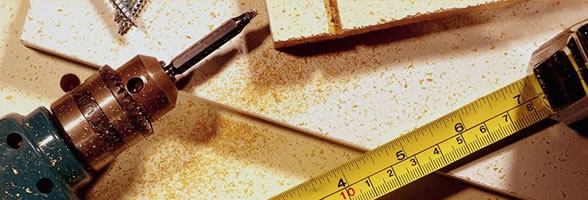Article archive
10/06/2016 20:58
Dan bau is a musical instrument that touches the heart. The music of dan bau (one-stringed zither) should be solely for the pleasure of its player. Don't listen to it if you are a young woman.
This warning, probably coming from vigilant parents wishing to protect their daughters from the emotional appeal of love songs played on this instrument; this gives an idea of the power and charm of its music.
According to the "Dai Nam thuc luc tien bien" the first dan bau was made in 1770. At its first appearance it was a very simple instrument comprised of a bamboo section, a flexible rod, a calabash or half a coconut. After a process of evolution and improvement, the present form of the dan bau is a bit more sophisticated, yet still quite simple. It consists of an oblong box-shaped sound board, slightly narrower toward one end, with a...
—————
10/06/2016 20:57
The xam song is one kind of song that was created by the Vietnamese a long time ago, and which is considered a very special performance. People used to walk in a group of two to three or four to five and sing, mainly in residential areas such as a parking lot, a ferry-landing, or a market gate.
The beauty of the xam song is expressed in the rhythms and tones of the music. Its attractive and lively drum rhythms and numerous rules of song application make it an interesting spectacle. The xam song tells of the fate or unhappiness of the poor. Besides theses common themes, there are funny songs with satirical implications about wrong doings, the condemnation of outdated customs, the crimes of rulers, and the deeds of heroes. These stories are well loved by many people.
The instruments traditionally used for the xam song are a two-stringed violin, bamboo castanets, and two xam drums. Today, xam singers no longer exist, but their ancient...
—————
10/06/2016 20:56
The Ty Ba is a string instrument which is frequently present in a traditional orchestra.
Its sound box is shaped like a pear cut in half lengthwise and made of unvarnished light wood, and its back is made of hard wood with a slightly convex surface. The neck is short and tightly fixed to the sound box. Originally the neck bore no frets; now, however, it has four frets in addition to eight others on the soundboard and two under the strings with the highest pitch.
The frets stand low and close to each other following the heptatonic scale. The instrument has four pegs for tuning. The strings, formerly of twisted silk, are now made of plastic. They are tuned to the notes C, F, G, and Cl, or to the notes A, D, E, Al. The range of the Ty Ba is three octaves, from C to C3.
The player uses a plectrum which she holds in her right hand and plucks either upward or downward in a quick run. The technique used by her left hand, which presses the strings, includes...
—————

